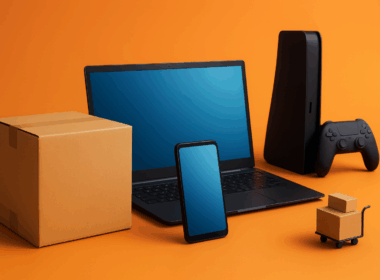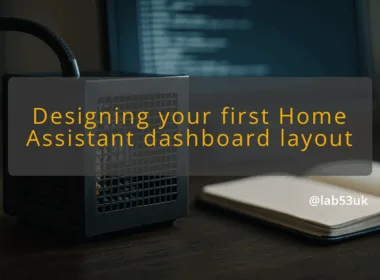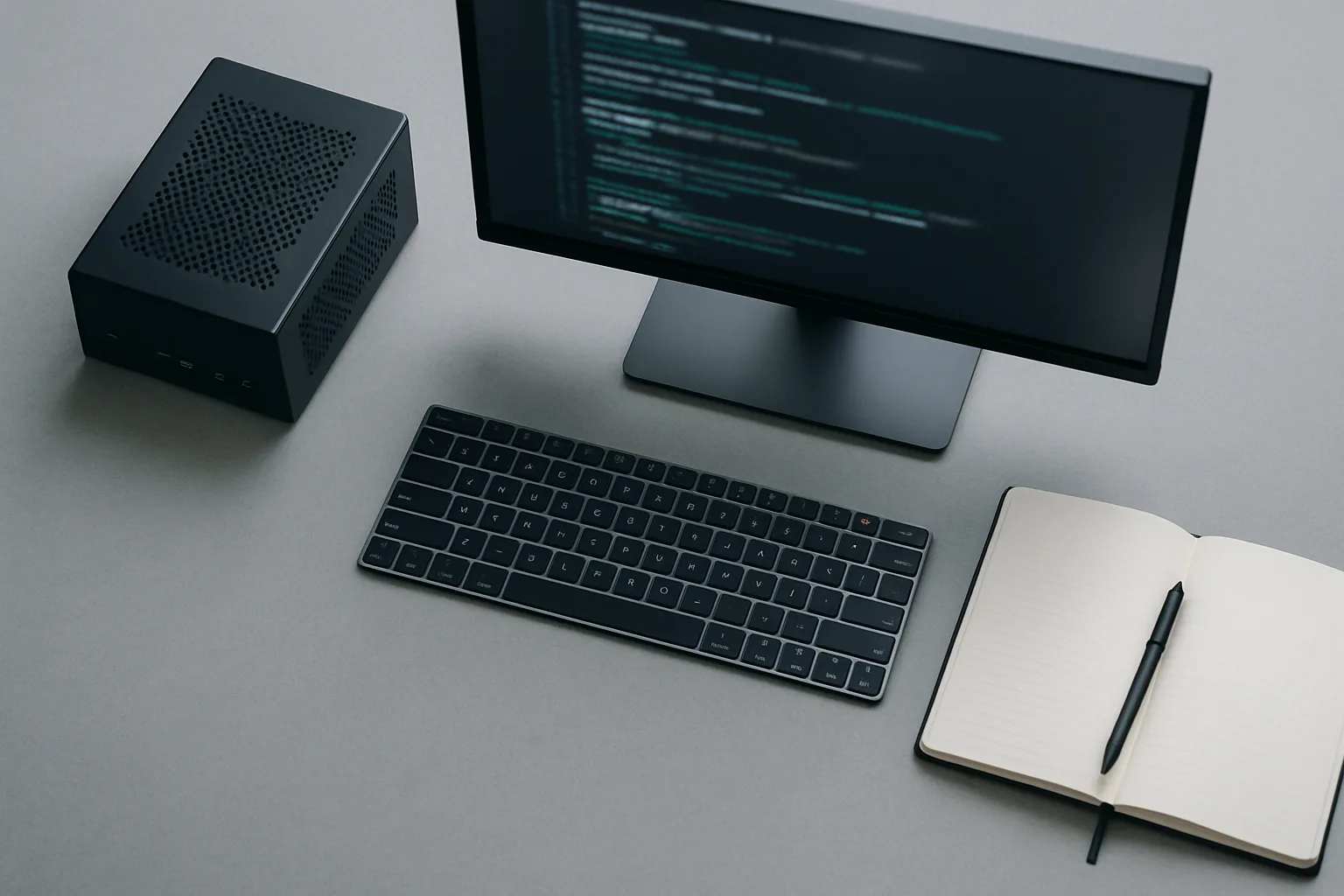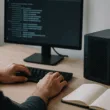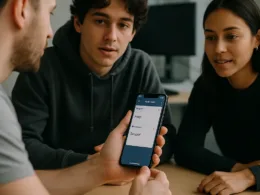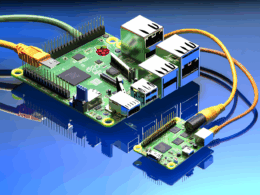Reviving the Touch Bar: A Practical Guide to Custom Shortcuts and Automation
I kept my Touch Bar because it still saves me time. It can be a useless strip of keys or a tiny command centre. The difference is the tools and a few practical automations. This guide shows the exact apps, commands and steps I use to turn the Touch Bar into a reliable productivity tool with Touch Bar automation and macOS automation. No theory. Concrete setups and verification steps.
Tools, installs and a sensible baseline
Pick the right tools and keep them simple. I use BetterTouchTool, Keyboard Maestro and the built‑in Shortcuts app depending on the job. BetterTouchTool (BTT) is the fastest way to map custom shortcuts and create Touch Bar configurations. Keyboard Maestro handles clipboard templates and more complex macros. Shortcuts is useful for macOS automation that needs GUI actions and system services. I use AppleScript and small shell commands where a quick script is easier than a macro.
What I do first
- Install BetterTouchTool and open its Touch Bar editor. BTT gives a visual editor so you see exactly what appears.
- Create one baseline Touch Bar preset for global shortcuts and another per app. Use BTT’s “Trigger Predefined Action” to run scripts or send keystrokes.
- For complex flows, build the macro in Keyboard Maestro and trigger it from BTT with a hotkey. Keep the hotkey simple and unique.
- Export settings. Both BTT and Keyboard Maestro can export presets. Save them somewhere safe so you can restore or copy a configuration to another Mac.
Example: add a simple app launcher
- In BTT, click Add New Touch Bar Button.
- Label it Slack, choose an icon if you want, and set the action to Run Shell Script / Task.
- Use this shell command: open -a “Slack”
- Save and test by pressing the Touch Bar button. Slack should open immediately.
Verification: the app launches within a second. If it does not, check that the shell command works in Terminal.
Permissions and reliability
- Grant accessibility and automation permissions in System Settings for BTT and Keyboard Maestro. Without those, scripts and keystrokes will fail.
- Export your Touch Bar configurations after major changes. That avoids rebuilding after an update.
- Keep actions idempotent: make scripts that do no harm if run twice. That makes testing safe.
Three workflows that actually improve mac productivity
Pick a small set of automations and make each one reliable. Here are three workflows I use regularly. Each shows how Touch Bar automation can replace a menu hunt with a single tap.
Workflow 1 — app‑specific quick bar (launch, toggle, next window)
Value: reduces mouse travel and speeds app tasks.
Steps:
- In BTT, create a new Touch Bar group and set it to show only when a chosen app is frontmost, or set it as a dedicated row.
- Add buttons: Open app (open -a “AppName”), Toggle Do Not Disturb via a shortcut, Next Window using the keystroke Command-` or a small AppleScript.
- For the Next Window action, use BTT’s Send Shortcut action and map to the existing keyboard shortcut for your window manager.
Verification: switch to the app and confirm the bar shows the group. Tap each button and watch the change happen.
Workflow 2 — paste templates and common snippets
Value: end repetitive typing for status updates, bug reports, or regular messages.
Steps:
- In Keyboard Maestro, create a macro that pastes a template text. Set the macro trigger to a single hotkey, for example Control-Option-Command-T.
- In BTT, add a Touch Bar button labelled Template and set its action to Send Shortcut using that same hotkey.
- Test in a text field: press the Touch Bar button and the template must paste exactly where the cursor is.
Verification: paste appears with expected spacing and placeholders. If formatting differs, change the macro to paste as plain text or use a small AppleScript to tidy it.
Concrete example macro body (Keyboard Maestro)
- Action: Insert Text by Pasting
- Text:
“Status update:- What I did:
- Next steps:
- Blockers:”
This keeps content consistent and reduces decision fatigue.
Workflow 3 — media and quick controls (play, pause, next, favourite)
Value: control media without touching the keyboard or menus.
Steps:
- Add four BTT Touch Bar buttons: Play/Pause, Next, Previous, Like.
- For Spotify use AppleScript actions. Example AppleScript for play/pause:
tell application “Spotify” to playpause - For Like, use AppleScript:
tell application “Spotify” to set shuffling to false
tell application “Spotify” to like current track - Test each button with Spotify open.
Verification: playback responds instantly. If not, check that Spotify is running and that BTT has Automation permissions.
Small but practical tips
- Keep the number of Touch Bar items visible to the minimum you actually need. Too many buttons defeat the point.
- Use icons and short labels. A good icon is quicker to find than text.
- For scripts that change state, show a brief notification (osascript -e ‘display notification “Saved”‘) so the tap gives clear feedback.
- If you want cross‑mac repeatability, export both the BTT preset and any Keyboard Maestro macros. Importing restores exact behaviour.
Final takeaways
- Touch Bar automation pays off when each shortcut replaces a repeatable, small task. Focus on three to five reliable controls, not a full duplicate of the entire keyboard.
- Combine BetterTouchTool for the UI, Keyboard Maestro for clipboard and complex macros, and Shortcuts or AppleScript for system actions. That mix covers most macOS automation needs.
- Export presets and keep actions idempotent. Test each button and add a notification so the change is visible.
Get one workflow working today. I find the time saved stacks quickly.


